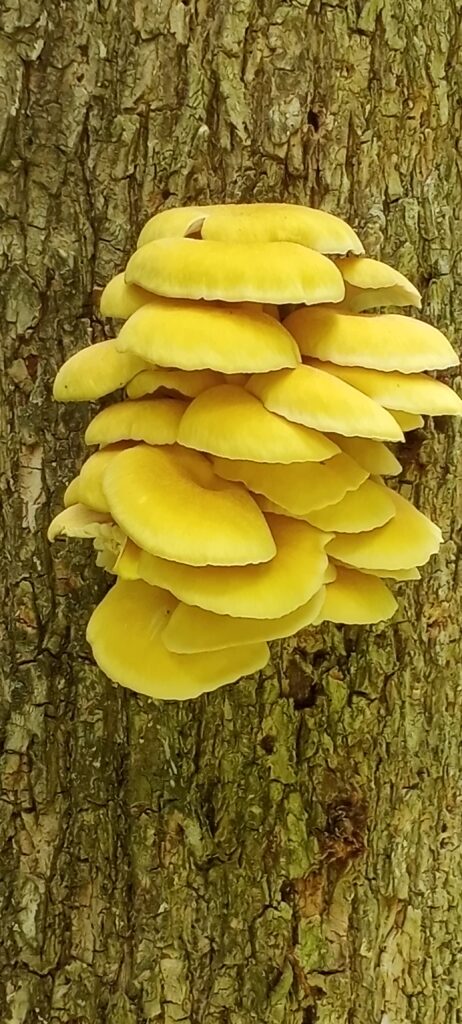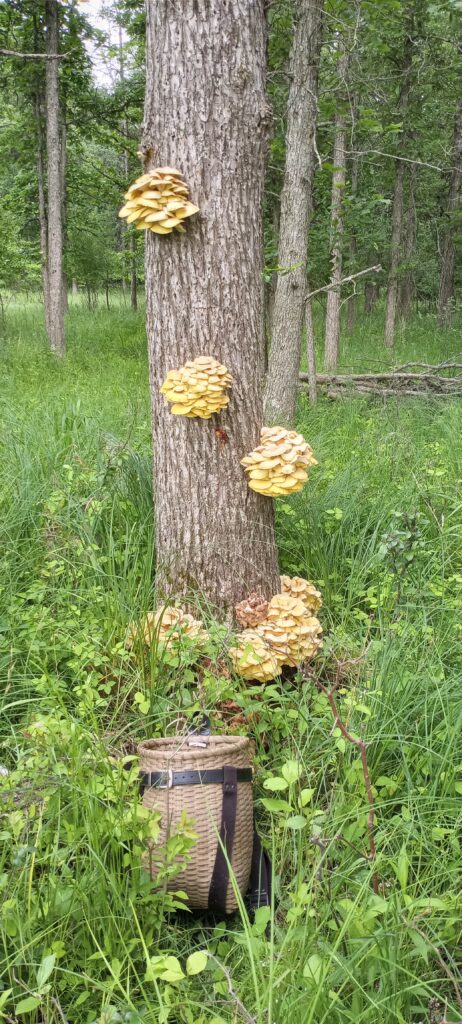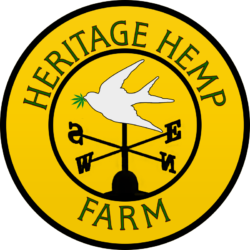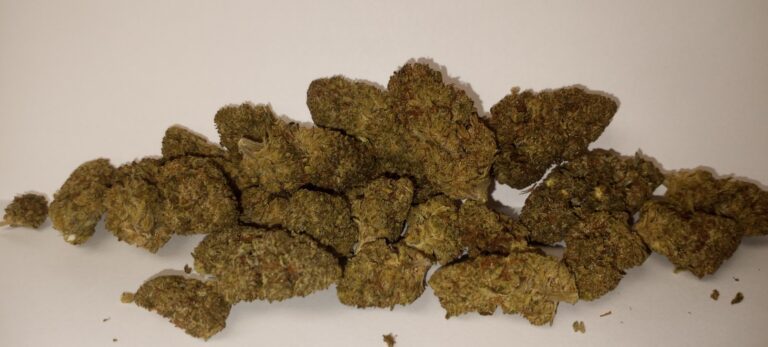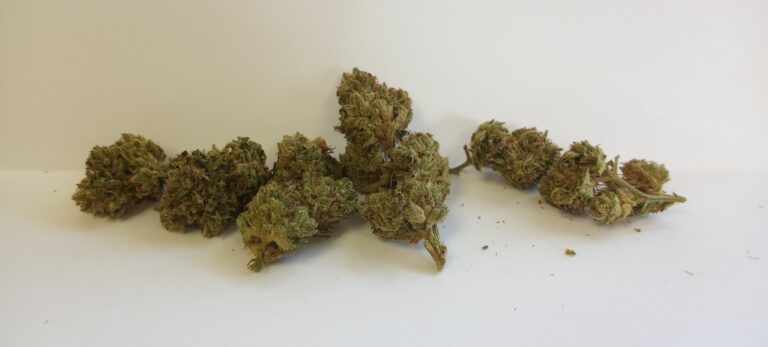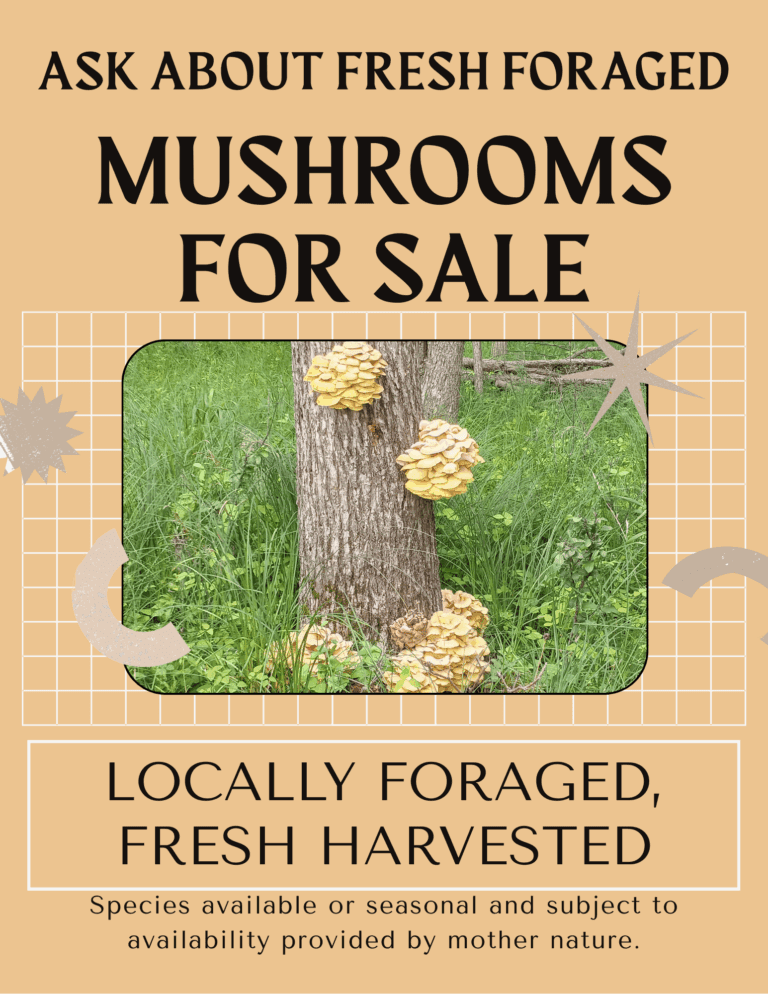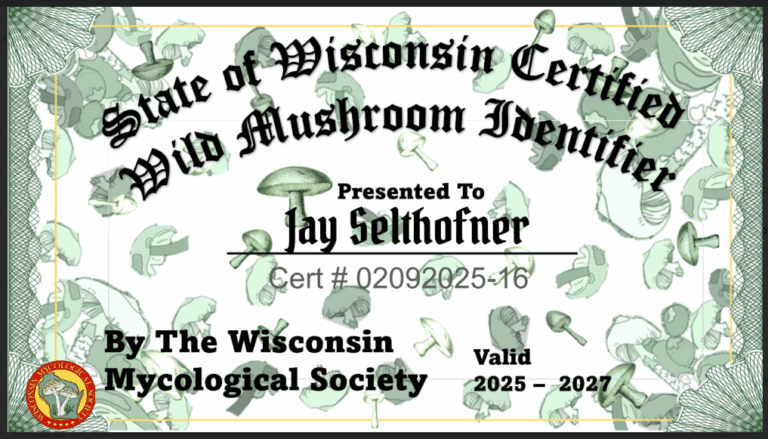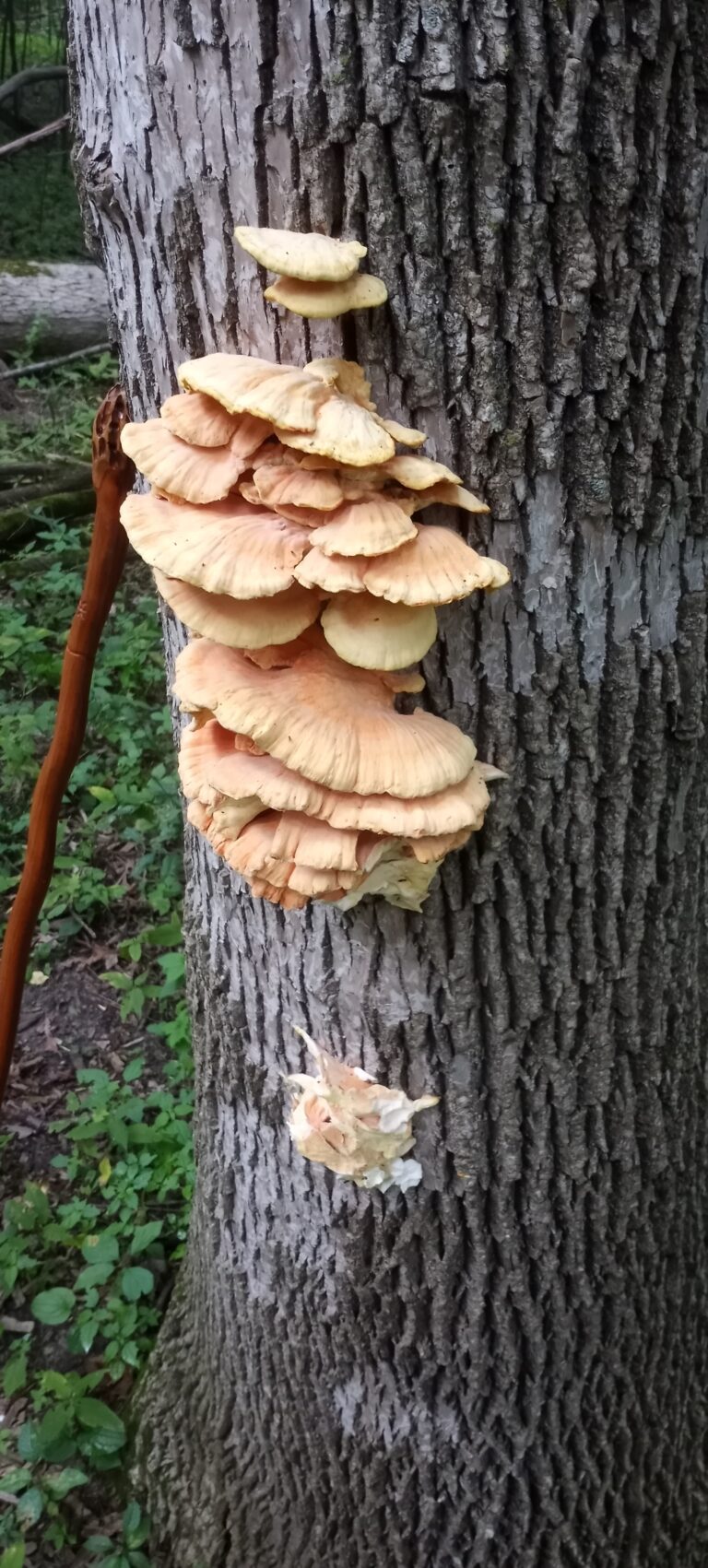Golden Oyster Mushrooms, treat or Threat?
At Heritage Hemp Farm, our foraging roots run deep—and one fascinating find we’re eager to share is the golden oyster mushroom, scientifically known as Pleurotus citrinopileatus. These bright yellow beauties, with their meaty texture and nutty flavor, are as delightful on the plate as they are striking in the woods. They fruit prolifically from spring through fall, often in dense clusters atop dead elm, beech, maple, and oak logs—fruits many times more abundant than those of native oyster species.
Treat
Culinary-wise, golden oysters are versatile: toss them into a stir-fry, sauté them gently in butter, add depth to sauces, or pan-sear them as rustic “mushroom steaks.” Younger specimens deliver the best texture and are less likely to host unwanted critters.
Threat
However, there’s a compelling—and controversial—side to this mushroom’s story. Originally from eastern Russia, northern China, and Japan, golden oysters were brought to North America in the early 2000s, primarily for cultivation via grow kits. By the 2010s, they began appearing in the wild across Wisconsin and the Midwest, no longer contained in kitchens or farms.
Recent research reveals the ecological cost: trees colonized by golden oysters hosted only about half the fungal biodiversity of untouched trees—a stark reduction that threatens vital processes like decomposition, carbon cycling, and habitat formation for fungi, insects, and seedlings alike. Scientists suggest their fast decay rate may be disrupting dead wood habitats that numerous species rely on. In foraging circles, golden oysters’ aggressive fruiting and replacement of native decomposers have led many to label them “invasive,” even if not officially designated as such.
Want to learn more or try them?
At Heritage Hemp Farm, I’m a certified forager, deeply committed to both education and conservation. I can help you confidently identify mushrooms—ensuring safety and responsible stewardship. And if you’re looking to taste foraged golden oyster mushrooms, I’d love to meet you in Ripon at our farm store, where seasonal foraged mushrooms may be available for purchase (call ahead if just coming for mushrooms).

Whether you’re into cooking, conservation, or curious identification, I’m here to share knowledge, specimens, and guidance. Although I generally forage on private lands, I will surely share my public foraging spots on another project of mine, The Stoner’s Travel Guide to Wisconsin. If you have private lands and want me to walk them with you to identify mushrooms, please do not hesitate to contact me.
Just note that golden oyster mushrooms may taste amazing—but they also remind us how even the most beautiful fungi can reshape ecosystems.
